Rich Dad Poor Dad امیر باپ غریب باپ Novel Free PDF read Online
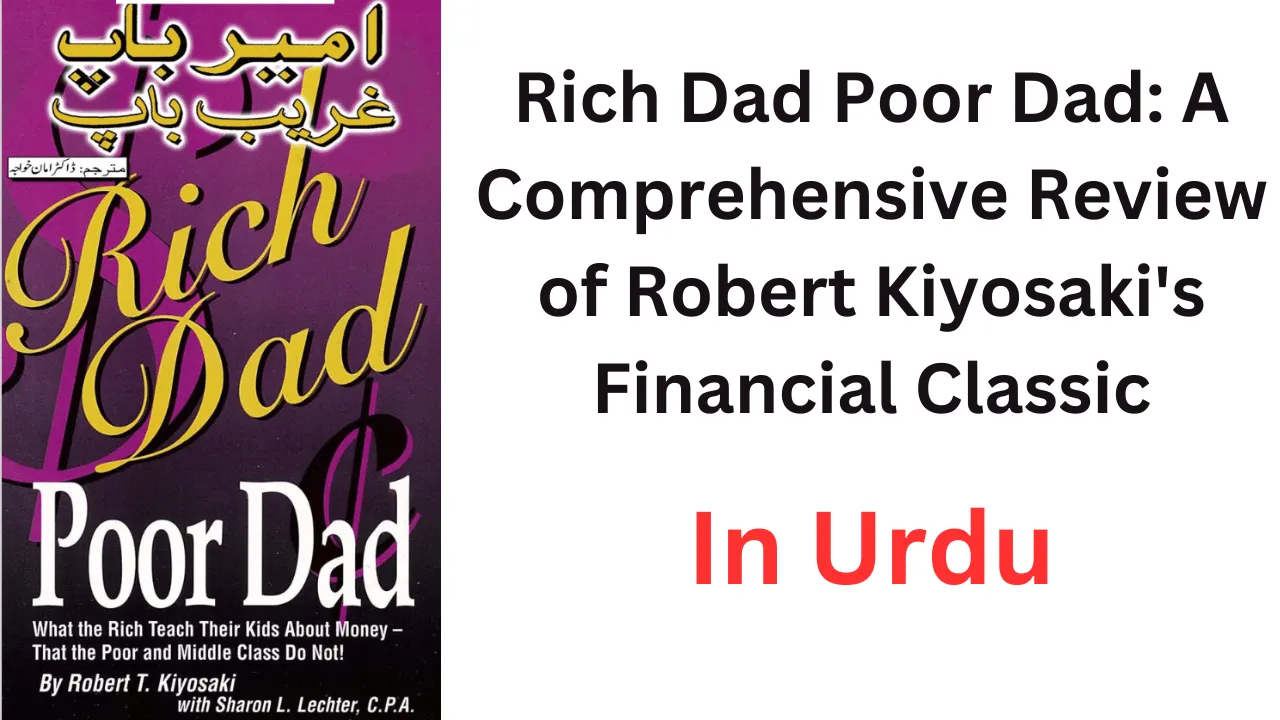
Rich Dad Poor Dad Intro
Do schools continue to prepare children to face real-life challenges? Work hard, get good grades, and you will get a good job. Salary will also be special, and other benefits will be different. My parents used to tell me that. His only goal in life was for me and my sister to study in college so that we would be successful. Finally, in 1976, I got my diploma and graduated with honors. In accounting at Florida State University, I was near the top of my class, and my parents’ dream came true. This was his greatest achievement in life. As planned, I was hired by a big 8 firm and jumped into my job, expecting to have a great career and retire young.
My husband, Michael, chose the same path; we both came from hard-working families. They were middle-class people but used to work hard. Michael also graduated with honors, but he earned two degrees—first in engineering and later in law—and soon landed a job at a prestigious Washington law firm. Joe was an expert in patent laws and it seemed that his future would be bright. His career will flourish and he will retire soon.
Although we are successful in our respective fields, still we are not fully satisfied with our performance. We have changed jobs to improve our situation but we have not planned for pension yet. Both of us keep putting small amounts of money into this fund regularly for our post-retirement life has been reserved for and is gradually increasing. We both are living a peaceful married life. We have three lovely children. As I write this book, two are in college,, and one is about to enter high school.
We want to give our children the best education A lot of money has been spent. One day in 1996, when my child came back from school, he was bored. He said, “Why should I waste my time studying these subjects that will not be relevant to me in real life?” Without thinking, I answered because if I teach you well If you don’t get the grades, you won’t be able to get into college.”
My son, Kassamaya, shook his head in exasperation. We have discussed this topic before. He bowed his head and rolled his eyes. Once again, Mamata’s instructive words had passed over his head. Although he was a smart young man and full of willpower, he was still polite and moral, mother! He began to say, “Now it was my turn to listen. Go with the times. Look around you. You will find that rich people are rich because of education.”
Look at Michael Jordan and Madonna. He went to Yale. He didn’t graduate from Harvard but founded Microsoft. He’s the richest man in America and he’s less than 30 years old. I am a football player who earns $4 million a year His mental condition is doubtful.” We both sat in silence for a long time. I felt like I was giving my son the same advice that my parents had given me. The words were changed, but the meaning was the same. Good education and good grades do not guarantee success and no one but our children realizes this fact.
Also Check PPSC Arabic Lecturer (عربی) Past Papers: Free PDF Read Online
Rich Dad Poor Dad: A Comprehensive Review of Robert Kiyosaki’s Financial Classic
In the vast landscape of personal finance literature, few books have made as significant an impact as Robert Kiyosaki’s “Rich Dad Poor Dad.” First published in 1997, this groundbreaking work has challenged conventional wisdom about money and investing, inspiring millions to rethink their approach to personal finance.
This comprehensive review delves deep into the core principles of “Rich Dad Poor Dad,” exploring its key lessons, practical applications, and lasting impact on financial education. Whether you’re a seasoned investor or just beginning your financial journey, understanding Kiyosaki’s perspective can provide valuable insights to help you build wealth and achieve financial freedom.
In this article, you’ll learn:
- The fundamental principles that differentiate the “rich mindset” from the “poor mindset”
- Practical strategies for improving your financial literacy and building wealth
- How to apply Kiyosaki’s teachings in today’s economic landscape
- The book’s strengths, criticisms, and overall place in personal finance literature
By the end of this review, you’ll have a clear understanding of whether “RichDad,d Poor Dad” is the right resource for your financial education and how its principles can be applied to your own life. Let’s dive in and explore the world of Robert Kiyosaki’s influential work.
1. About the Author: Robert Kiyosaki
Robert Kiyosaki, born in 1947 in Hawaii, is an entrepreneur, investor, theand financial education advocate. While his background has been a subject of some controversy (which we’ll address later), there’s no denying the impact he’s had on the personal finance world.
Kiyosaki’s approach to financial education is largely shaped by his experiences with two father figures in his life: his biological father (the “Poor Dad”) and his best friend’s father (the “Rich Dad”). These contrasting perspectives on money and wealth form the foundation of his financial philosophy.
Dad,Beyond “Rich Dad Poor Dad,” Kiyosaki has authored numerous books, including:
- “Cashflow Quadrant”
- “Rich Dad’s Guide to Investing”
- “Why the Rich Are Getting Richer”
He’s also created financial education board games like “CASHFLOW” and has been a frequent speaker at seminars worldwide. Kiyosaki’s approach emphasizes financial literacy, understanding how money works, and building wealth through entrepreneurship and investing.
2. Book Overview: What is “Rich Dad Poor Dad” About?
“Rich Dad Poor Dad” was first published in 1997 and quickly became a bestseller. As of 2023, it has been translated into dozens of languages and has sold millions of copies worldwide. The book’s enduring popularity speaks to its resonance with readers seeking financial wisdom.
At its core, “Rich Dad Poor Dad” contrasts the financial philosophies of Kiyosaki’s two father figures:
- The “Poor Dad” – Kiyosaki’s biological father, a highly educated but financially struggling individual
- Dad: “Rich Dad:- His best friend’s father, who lacked formal education but built significant wealth through entrepreneurship and investing
Through this narrative device, Kiyosaki challenges conventional beliefs about money, success, and the path to financial freedom. The book is structured around six key lessons, each elaborating on a different aspect of financial intelligence.
The central premise of “RichDad, Poor Dad” is that the working class and middle class work for money, while the rich have money work for them. This fundamental shift in perspective forms the basis of Kiyosaki’s financial philosophy and guides the lessons throughout the book.
Also Check PPSC Model Papers 2024 By Imtiaz Shahid, 97th Edition, Free PDF read online
Key Lessons from “Rich Dad Poor Dad”
3.1 The Rich Don’t Work for Money
Rich Dad, One of the most provocative ideas in “RichDad,d Poor Dad” is the concept that the rich don’t work for money. Instead, Kiyosaki argues, they focus on acquiring assets and creating systems that generate income.
Explanation of the concept: According to Kiyosaki, the traditional model of working for a salary is a trap that keeps people financially dependent. Instead of trading time for money, the wealthy focus on building and acquiring income-generating assets. This could include:
- Businesses that don’t require their daily presence
- Real estate that provides rental income
- Stocks and bonds that offer dividends or interest
- Intellectual property that generates royalties
Real-world examples:
- A software developer who creates an app that generates passive income through subscriptions or ads
- An investor who builds a portfolio of dividend-paying stocks
- A real estate investor who acquires properties for rental income
How to apply this principle:
- Identify potential sources of passive income that align with your skills and interests
- small,Start small, perhaps with a side hustle or minor investments
- Continuously educate yourself about different asset classes and investment strategies
- Gradually shift your focus from earned income to passive income
By adopting this mindset, Kiyosaki suggests, you can break free from the “rat race” and achieve true financial freedom.
3.2 The Importance of Financial Literacy
A cornerstone of Kiyosaki’s philosophy is the critical importance of financial literacy. He argues that traditional education systems fail to teach essential money management skills, leaving many adults ill-equipped to make sound financial decisions.
Why financial education matters:
- Empowers individuals to make informed decisions about money
- Helps in understanding complex financial products and services
- Enables better planning for future financial needs
- Reduces the risk of falling victim to financial scams or poor investments
Basic financial concepts explained: Kiyosaki emphasizes understanding key financial terms and concepts, including:
- Assets vs. Liabilities
- Cash Flow
- Return on Investment (ROI)
- Financial Statements (Income Statement, Balance Sheet)
Resources for improving financial literacy:
- Books on personal finance and investing
- Online courses and webinars
- Financial advisors and mentors
- Practical experience through small investments or business ventures
By improving financial literacy, Kiyosaki argues, individuals can take control of their financial future and make more informed decisions about money management and wealth building.
3.3 Minding Your Own Business
Kiyosaki makes a crucial distinction between your profession and your business. While your profession is how you earn money, your business is how you build wealth.
The difference between a profession and a business:
- Profession: Your job or career that provides a steady income
- Business: Your personal financial activities focused on building assets and wealth
incomeBuilding assets vs. working for a paycheck: Kiyosaki encourages readers to focus on acquiring assets that generate income rather than solely relying on earned income from a job. This might involve:
- Investing in stocks, bonds, or real estate
- Creating intellectual property
- Starting a side business
Strategies for starting your own business:
- Identify your skills and passions
- Research market needs and opportunities
- Start small and test your ideas
- Reinvest profits to grow your business
- Continuously learn and adapt
By “minding your own business,” Kiyosaki suggests you can create multiple income streams and build long-term wealth, even while maintaining your regular job.
3.4 The History of Taxes and the Power of Corporations
wealthKiyosaki delves into the history of taxes and how the wealthy use corporate structures to their advantage. He argues that understanding these systems is crucial for building and preserving wealth
An overview of tax history: Kiyosaki discusses how taxes were originally temporary measures that became permanent and how tax laws often favor business owners and investors over employees.
How corporations can be used as a tax strategy:
- Corporations can deduct expenses before paying taxes
- Certain corporate structures offer liability protection
- Investments can be made through corporate entities for tax advantages
Pros and cons of incorporating: Pros:
- Potential tax benefits
- Liability protection
- Easier to raise capital Cons:
- More complex accounting and legal requirements
- Initial setup costs and ongoing fees
- There is potential for double taxation in some cases
3.5 The Rich Invent Money
Kiyosaki introduces the concept that the rich “invent money” by recognizing and creating opportunities where others see none.
Understanding investment opportunities:
- Developing the ability to spot undervalued assets
- Recognizing market trends before they become mainstream
- Creating value through innovation or problem-solving
The power of financial intelligence:
- Combining creativity with financial knowledge
- Using leverage and other people’s money wisely
- Understanding risk management and mitigation
Examples of creating wealth through innovation:
- Entrepreneurs who identify market gaps and create new products or services
- Real estate investors who improve distressed properties for profit
- Inventors who patent new technologies and license them to companies
3.6 Work to Learn, Don’t Work for Money
Kiyosaki emphasizes the importance of continual learning and skill development over short-term financial gain.
The importance of diverse skills:
- Adaptability in a changing job market
- Ability to recognize and seize diverse opportunities
- Enhanced problem-solving capabilities
How to acquire valuable knowledge and experience:
- Take on jobs or projects that offer learning opportunities, even if they pay less.
- Seek mentors in fields you want to master
- Invest in ongoing education and skill development
Balancing specialization and versatility:
- Develop deep expertise in a core area
- Complement this with broad knowledge in related fields
- Continuously update skills to stay relevant in a changing economy
- Practical Applications of “RichDad, Poor Dad” Principles
Setting financial goals:
- Define short-term and long-term financial objectives
- Create a clear vision of your desired financial future
- Break down larger goals into actionable steps
Creating a personal financial statement:
- Track your income and expenses meticulously
- Regularly update your asset and liability lists
- Use this information to make informed financial decisions
Building a diverse investment portfolio:
- Start with low-risk investments to build confidence
- Gradually diversify into different asset classes
- Consider both traditional and alternative investments
Developing multiple income streams:
- Start a side business or freelance work
- Invest in dividend-paying stocks or rental properties
- Create and monetize intellectual property
- Criticisms and Controversies
Accuracy of Kiyosaki’s claims and background: Some critics have questioned the existence of the “Rich Dad” figure and the accuracy of Kiyosaki’s personal story. While these controversies don’t necessarily negate the book’s lessons, they’re worth considering when evaluating its content.
Oversimplification of complex financial concepts: The book has been criticized for presenting overly simplistic solutions to complex financial problems. While this approach makes the content accessible, it may not fully prepare readers for the complexities of real-world finance.
Potential risks of following the advice without proper understanding: Some of Kiyosaki’s advice, particularly regarding debt and risk-taking, could be dangerous if misapplied. It’s crucial for readers to thoroughly understand these concepts and seek professional advice before making major financial decisions.
Impact and Legacy of “Rich Dad Poor Dad”
Sales figures and translations: “Rich Dad Poor Dad” has sold millions of copies worldwide and has been translated into dozens of languages, demonstrating its global appeal and impact.
Influence on personal finance literature: The book has sparked numerous discussions and debates in the financial community, inspiring both supporters and critics to contribute to the personal finance genre.
Success stories inspired by the book: Many readers claim to have achieved financial success by applying Kiyosaki’s principles, though it’s important to note that individual results can vary widely.
Comparison with Other Personal Finance Books
“Think and Grow Rich” by Napoleon Hill: Both books emphasize the power of mindset in achieving financial success, but Hill’s work focuses more on general principles of success, while Kiyosaki provides more specific financial advice.
“The Total Money Makeover” by Dave Ramsey: Ramsey’s approach is more conservative, emphasizing debt reduction and careful budgeting. In contrast, Kiyosaki is more focused on building assets and taking calculated risks.
“The Millionaire Fastlane” by M.J. DeMarco: Both books criticize traditional paths to wealth, but DeMarco’s work is more focused on entrepreneurship and rapid wealth creation, while Kiyosaki covers a broader range of financial concepts.
Who Should Read “Rich Dad Poor Dad”?
Ideal reader profile:
- Individuals looking to change their perspective on money and wealth
- Aspiring entrepreneurs and investors
- Those seeking to improve their financial literacy
What readers can expect to gain:
- A new perspective on money and wealth creation
- Basic financial concepts explained in accessible language
- Motivation to take control of their financial future
Recommended companion resources:
- Financial literacy courses
- Investment and business books for more in-depth knowledge
- Personal finance software or apps for practical application
ConclusonDad,
“Rich Dad Poor Dad” has undoubtedly left an indelible mark on the personal finance landscape. Its core messages about financial literacy, the importance of building assets, and challenging conventional wisdom about money have resonated with millions of readers worldwide.
Key takeaways from the book include:
- Focus on acquiring assets that generate income
- Continuously improve your financial literacy
- Think like an entrepreneur, even if you’re employed
- Understand the power of corporations and tax strategies
- Seek opportunities to “invent money” through creativity and innovation
- Prioritize learning and skill development over immediate financial gain
While the book has its critics and controversies, its enduring popularity speaks to the value many readers have found in its teachings. However, it’s crucial to approach the book’s advice with a critical mind and seek additional education and professional guidance before making significant financial decisions.
Ultimately, “Rich Dad Poor Dad” serves as a thought-provoking introduction to personal finance and wealth-building strategies. By challenging readers to think differently about money and success, it has inspired countless individuals to take control of their financial futures.
As you apply the lessons from “Rich Dad Poor Dad” in your own life, remember that financial success is a journey that requires continuous learning, adaptation, and perseverance. Use this book as a starting point to develop your own financial intelligence and create a path to long-term financial freedom.
FAQs About “Rich Dad Poor Dad”
- Is “Rich Dad Poor Dad” based on a true story? While Kiyosaki presents the story as based on his life, some elements have been questioned. The core financial lessons, however, stand independently of the story’s literal truth.
- What age group is “Rich Dad Poor Dad” suitable for? The book is suitable for adults and older teenagers. Its concepts can be valuable for anyone starting to think seriously about their financial future.
- How long does it take to read “Rich Dad Poor Dad”? The book is approximately 330 pages long. Most readers can finish it in 5–10 hours, depending on reading speed and how deeply they engage with the material.
- Are there any updated editions of the book? Yes, there have been several updated editions since the original 1997 publication, including a 20th anniversary edition released in 2017 with updated commentary.
- What other books has Robert Kiyosaki written? Kiyosaki has written numerous books, including “Cashflow Quadrant,” “Rich Dad’s Guide to Investing,” and “Why the Rich Are Getting Richer,” among others.
Read Online Rich Dad Poor Dad امیر باپ غریب باپ Novel
Join the WhatsApp group for daily updates.
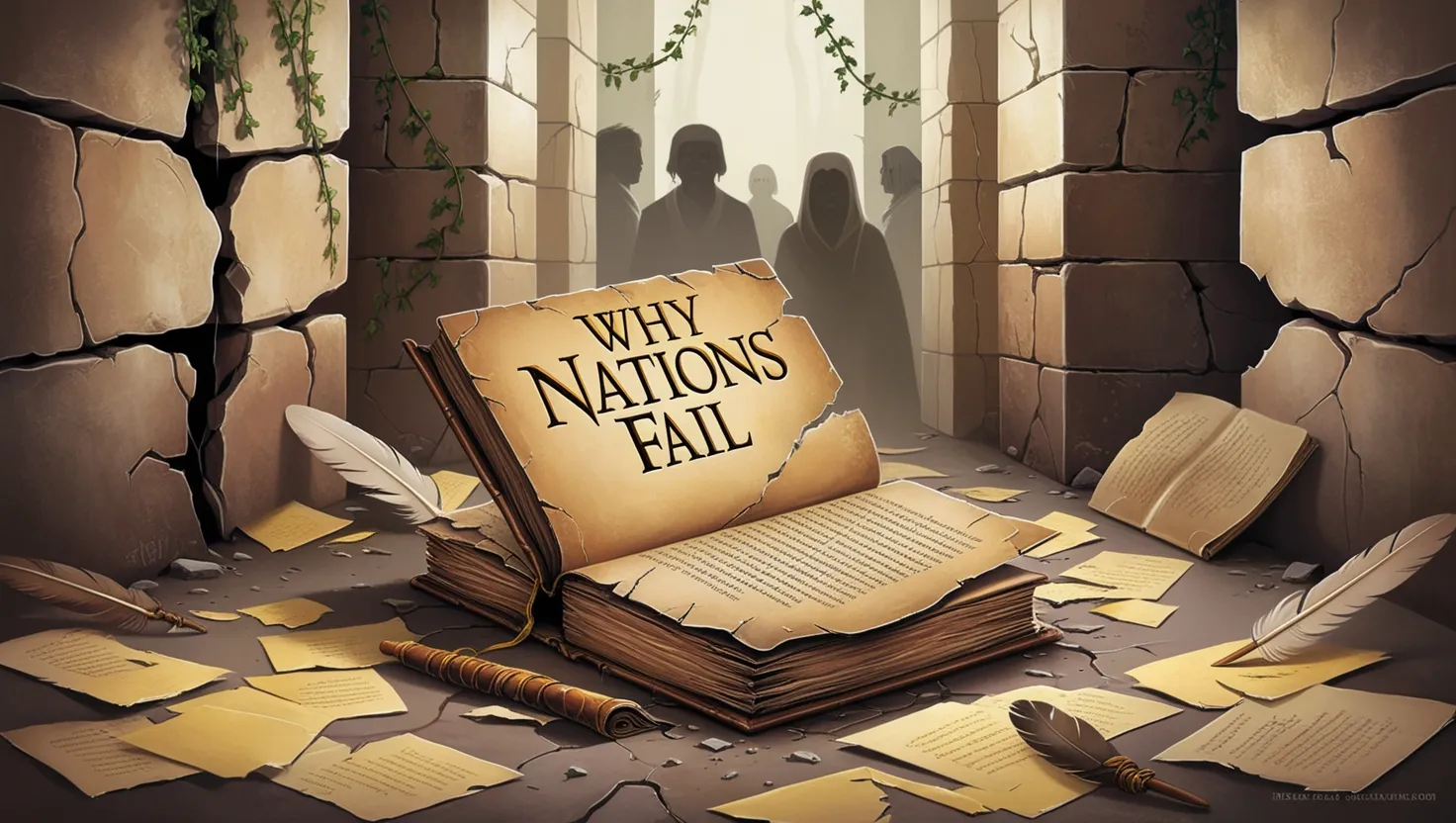
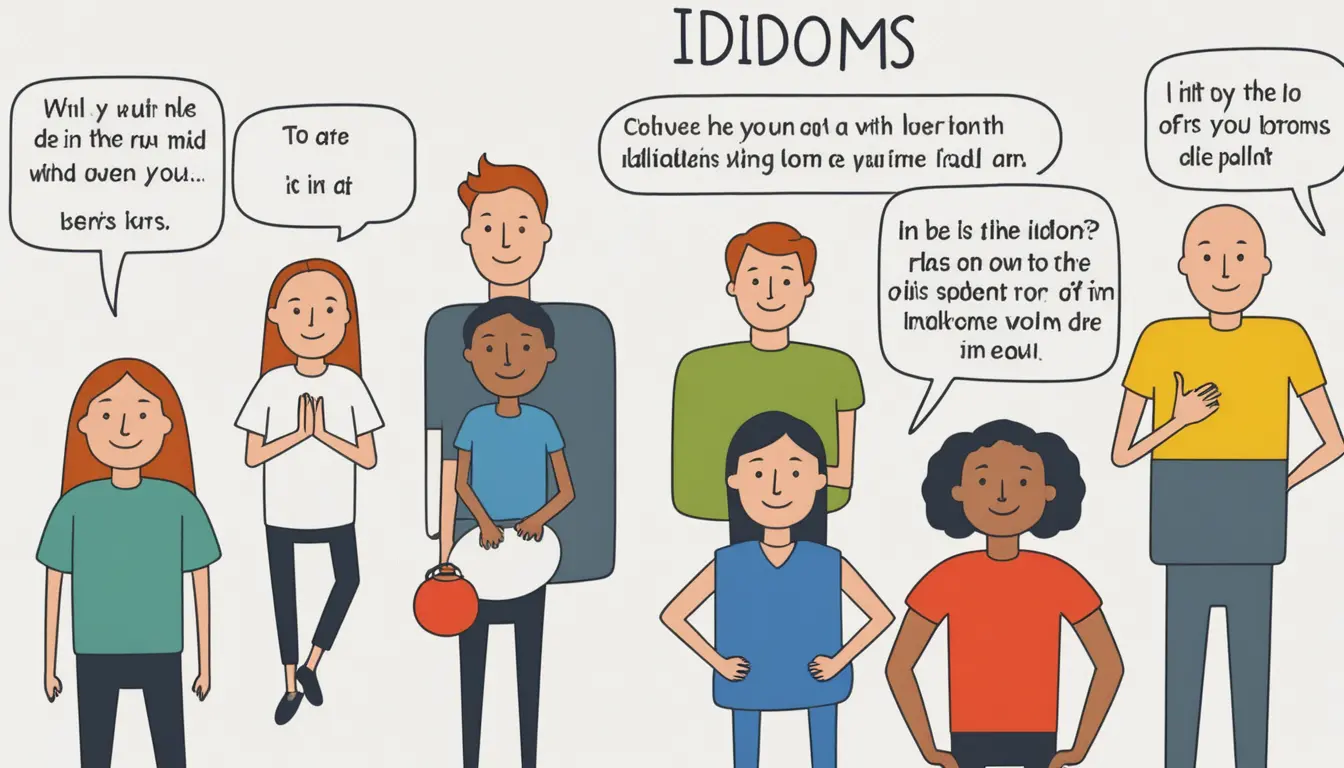

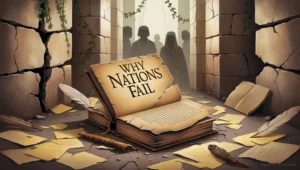


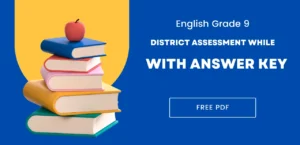

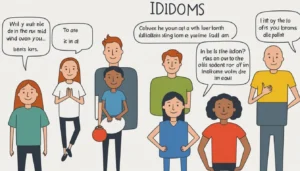

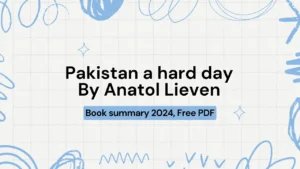

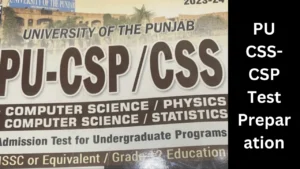
Post Comment